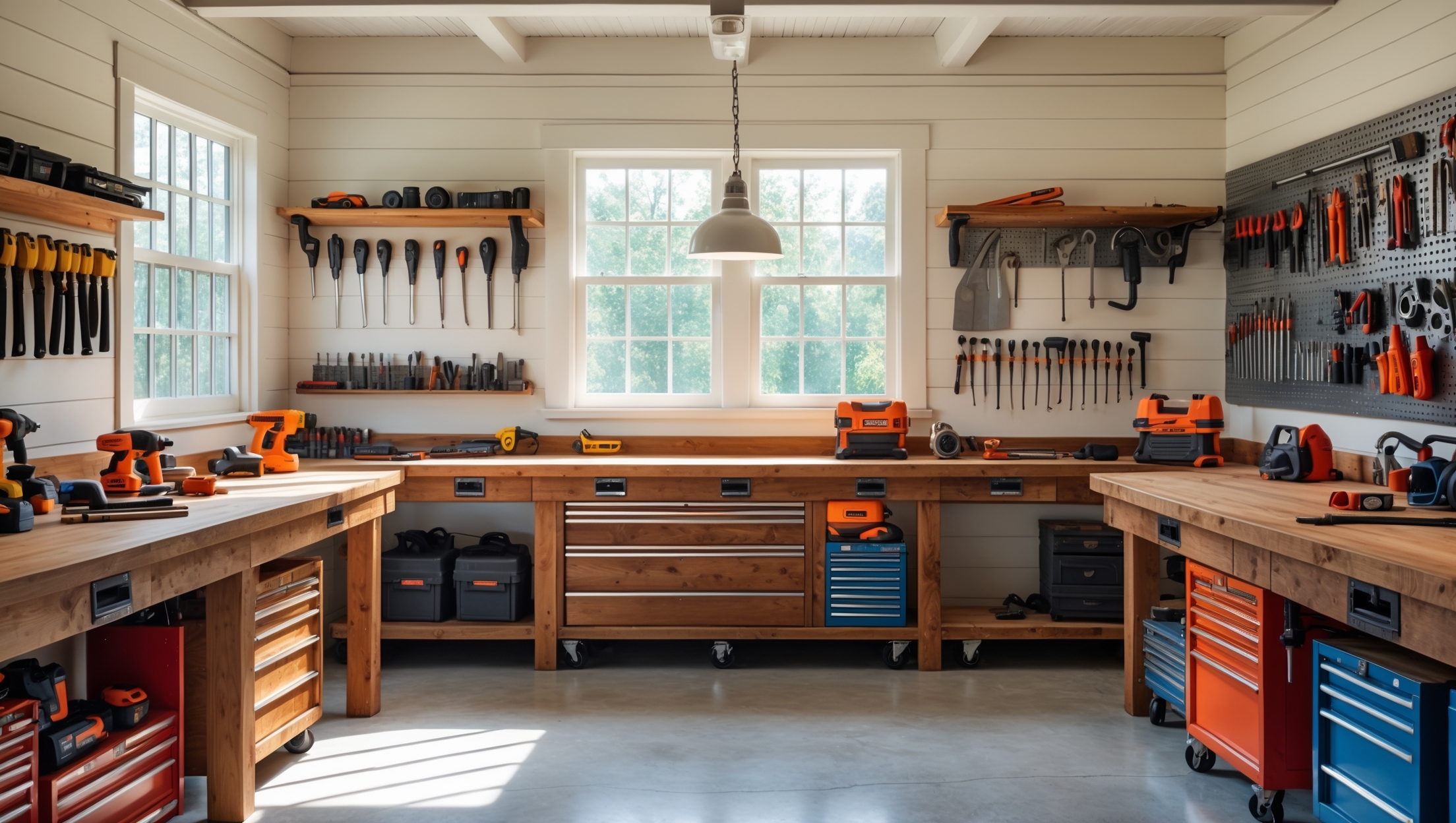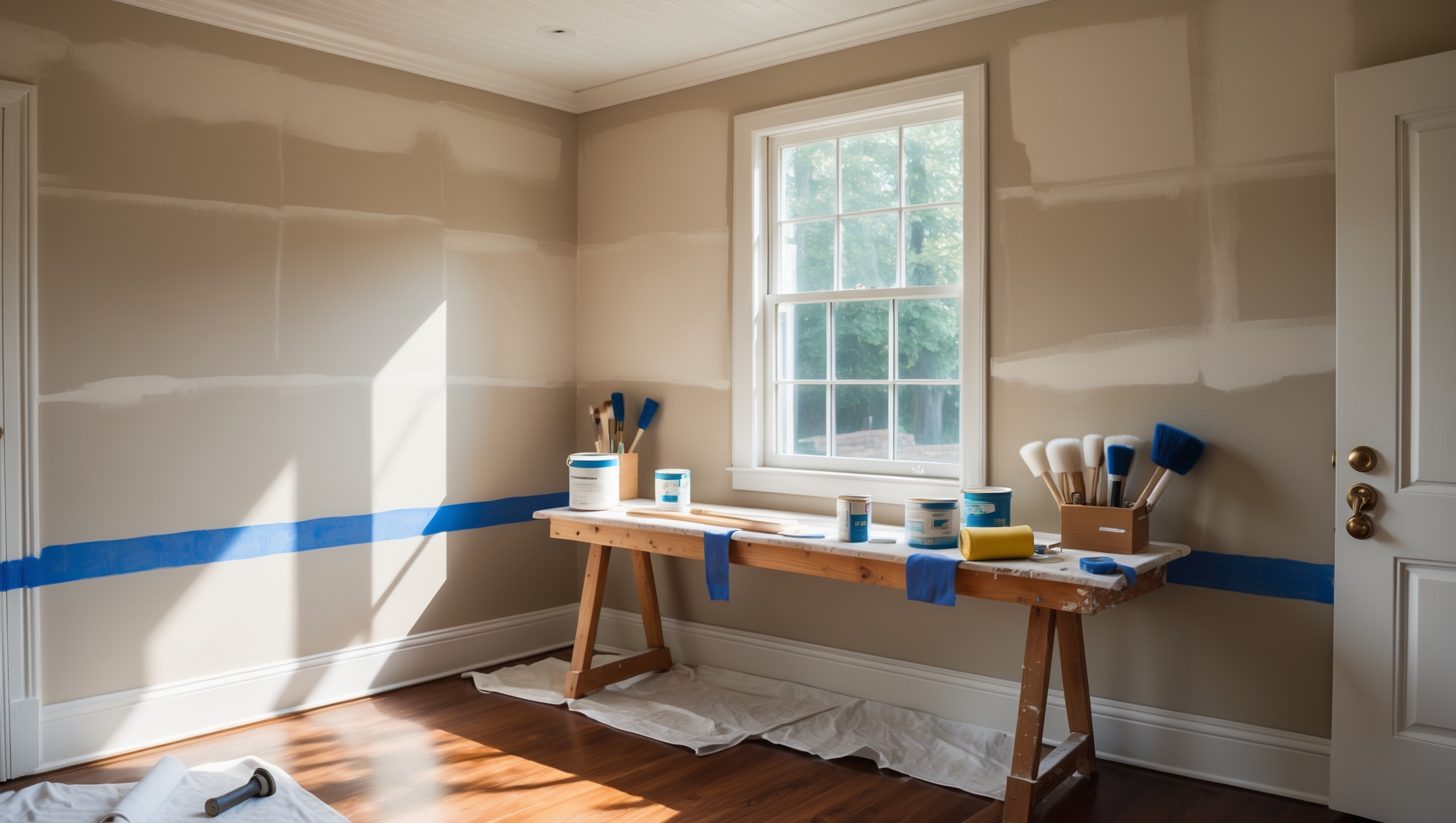Introduction: Why Bathroom Ventilation Matters More Than You Think
When it comes to home improvement, bathroom ventilation is one of the most misunderstood and underestimated aspects of a healthy home. Many homeowners assume that a window is enough, or that fans are only necessary in older homes. In reality, poor bathroom ventilation can lead to serious and costly problems, including mold growth, structural damage, and poor indoor air quality. Despite building codes and product innovations, myths about bathroom ventilation persist, often resulting in inadequate solutions that fail when you need them most. This article debunks common myths, explains what truly matters for effective bathroom ventilation, and offers practical guidance to ensure your bathroom stays fresh, healthy, and damage-free. Whether you’re upgrading an existing bathroom or planning a remodel, understanding the facts about ventilation will save you money, increase comfort, and protect your home’s value for years to come.
Myth 1: A Window Is Enough for Bathroom Ventilation
The Origin of the Myth
Many building codes once allowed a window as an alternative to a mechanical exhaust fan. This led to the belief that simply opening a window is sufficient to prevent moisture problems. The reality is far more complex.
The Facts
- Windows are rarely opened in cold, hot, or humid weather.
- Natural air movement is unpredictable. On still days, steam accumulates, condenses, and penetrates walls and ceilings.
- Windows don’t remove all moisture. Steam quickly condenses on cool surfaces before it can escape, especially in small bathrooms.
Modern codes increasingly require mechanical ventilation regardless of window presence, especially in climates prone to humidity.
Myth 2: Any Bathroom Fan Will Do
Understanding Fan Ratings
Not all exhaust fans are created equal. Fan performance is measured in cubic feet per minute (CFM), and undersized fans are among the most common mistakes in bathroom renovations. Many homeowners simply replace an old fan with a similar one, not realizing their needs may have changed.
- Standard sizing: At least 1 CFM per square foot of floor area, with a minimum of 50 CFM for small bathrooms.
- Larger bathrooms, or those with jetted tubs and separate showers, may require 100+ CFM.
Sound Matters
Fans that are too loud (measured in sones) are often turned off early, defeating their purpose. Modern fans are available in ultra-quiet models (1 sone or less), encouraging consistent use.
Myth 3: Bathroom Fans Don’t Need Regular Maintenance
The Reality of Dust and Moisture
Exhaust fans accumulate dust, lint, and even mold inside their housings and ducts. A neglected fan loses performance and may become a fire hazard.
- Clean fan covers and blades every 6–12 months.
- Inspect ducts for blockages and mold annually.
- Replace aging fans (10+ years old) with modern, energy-efficient models.
DIY Maintenance Steps
Cleaning most fans is a simple DIY job. Turn off power, remove the cover, vacuum dust, and wipe with a damp cloth. For deeper cleaning or duct inspection, consider professional help.
Myth 4: Venting into the Attic Is Fine
Hidden Moisture Problems
Some DIYers and even contractors vent bathroom fans into attic spaces, thinking the moisture will dissipate harmlessly. This is a dangerous practice.
- Moisture-laden air in attics leads to condensation, mold, wood rot, and insulation damage.
- Most building codes require direct venting outdoors, never into attics, crawlspaces, or soffits.
Best Practices for Duct Routing
- Use smooth, rigid metal ducting for shortest, straightest route to the exterior.
- Seal all duct joints and insulate ducting in unconditioned spaces.
- Terminate ducts with a backdraft damper and exterior vent hood.
Myth 5: You Only Need to Run the Fan During Showers
How Long to Run Bathroom Fans
Many homeowners turn off fans immediately after showering, believing the job is done. But most moisture remains in the air for 15–30 minutes after use.
- Best practice: Run the fan for at least 20 minutes after each shower or bath.
- Consider: Fans with built-in timers or humidity sensors for set-it-and-forget-it operation.
Automation Improves Results
Humidity-sensing fans automatically turn on when moisture rises and off when levels normalize. This ensures thorough moisture removal—even if you forget.
Myth 6: Ventilation Is Only About Moisture
Unseen Pollutants in Bathrooms
While moisture is the biggest concern, bathrooms are sources of other indoor air contaminants:
- Volatile organic compounds (VOCs) from cleaning products, air fresheners, and personal care items.
- Particulates from toilet flushing and aerosols.
- Odors that linger without proper airflow.
Effective ventilation improves overall indoor air quality, protecting respiratory health and comfort.
Myth 7: Exhaust Fans Waste Energy
The Efficiency Equation
Some homeowners worry that running a fan will drive up energy bills by removing heated or cooled air. In reality, the energy cost of a bathroom fan is minimal—typically less than $10 per year for daily use. The cost of not venting—structural repairs, mold remediation, poor insulation performance—far outweighs any savings from limiting fan use.
- Choose Energy Star-rated fans for maximum efficiency.
- Seal gaps around ducts and exterior vents to prevent air leaks.
Myth 8: Any Contractor Knows How to Install a Bathroom Fan
Common Installation Mistakes
Improper installation undermines even the best equipment. Watch out for:
- Fans not ducted to the exterior
- Poorly sealed ducts causing leaks
- Improper sizing or placement (e.g., too far from the shower)
- Inadequate attic insulation on ductwork
How to Vet a Proper Installer
- Ask for references and photos of past work
- Request code-compliant installation with exterior venting
- Insist on sealed, insulated ducts for unconditioned spaces
Myth 9: Bathroom Ventilation Isn’t a Code Issue
Understanding Compliance
Modern building codes almost universally require mechanical ventilation in bathrooms without operable windows. Even where windows are present, codes may require mechanical exhaust for new or remodeled bathrooms.
- Minimum ventilation rates (per International Residential Code): 50 CFM intermittent or 20 CFM continuous.
- Permit requirements: Any electrical work or new ducting may require a permit and inspection.
Failure to comply can result in issues with resale, insurance claims, or even fines.
Myth 10: Moisture Damage Will Be Obvious
Hidden Hazards
Moisture problems often develop out of sight: inside walls, above ceilings, or in attics. By the time stains, peeling paint, or musty odors appear, significant damage may already be done.
- Inspect behind and above bathroom surfaces periodically.
- Watch for subtle signs: warped trim, swollen baseboards, or persistent mildew smells.
- Use a moisture meter to monitor hidden problem areas, especially after leaks or renovations.
Best Practices for Effective Bathroom Ventilation
Fan Selection and Sizing
- Measure your bathroom (length × width × height) to calculate CFM needs.
- Select a fan with at least 1 CFM per square foot (and more for high ceilings or separate shower/tub areas).
- Choose low-sone (quiet) models to encourage regular use.
Installation Tips
- Install the fan near the shower or tub for maximum moisture capture.
- Use rigid, straight ducting to the exterior; avoid long bends and flexible ducts.
- Insulate ducts running through unconditioned spaces to prevent condensation.
- Seal all joints and exterior vent penetrations.
Maintenance Routine
- Clean fan covers and blades every 6–12 months.
- Check ducts for blockages and clean as needed.
- Test the fan’s suction by holding a square of toilet paper up to the grille; it should stick easily.
Upgrading for Convenience
- Install a humidity-sensing or timer switch for automatic operation.
- Upgrade to Energy Star fans for quiet, efficient performance.
- Consider integrated lighting/night-light features for added utility.
Cost Breakdown: What to Expect
Fan and Material Costs
- Basic fan: $25–$50
- Quiet, high-efficiency fan: $80–$200
- Timer/humidity switch: $20–$50
- Ducting and exterior vent: $30–$90
Labor Costs
- Simple replacement: $100–$250
- New installation (with wiring, ducting): $300–$600+
- Attic or roof venting may add $100–$300 depending on access and complexity.
Potential Savings
- Avoiding mold remediation: $500–$6,000+
- Preventing drywall and insulation replacement: $300–$2,000+
- Preserving resale value and avoiding code violations
Frequently Asked Questions
How do I know if my bathroom fan is working?
Hold a tissue up to the fan grille. It should be pulled tightly against it. If not, check for blockages or consider upgrading to a higher-powered model.
How often should I replace my bathroom fan?
With regular maintenance, a quality fan can last 10–15 years. If it’s noisy, weak, or not removing moisture effectively, it’s time for an upgrade.
Can I install a bathroom fan myself?
Replacing an existing fan is a moderate DIY task if you’re comfortable with electrical work. New installations involving ducting or roof penetration are best left to professionals.
Conclusion: Don’t Let Bathroom Ventilation Myths Cost You
Bathroom ventilation isn’t just a box to check for code compliance—it’s a crucial investment in your home’s health, comfort, and value. Relying on outdated myths or cutting corners can lead to hidden moisture damage, costly repairs, and even health issues from mold and poor air quality. By understanding the real requirements for effective ventilation, you can make informed decisions about fan selection, installation, and maintenance. Don’t assume a window is enough or that any fan will do. Instead, size your fan properly, ensure it vents outdoors, and use modern controls like timers or humidity sensors to maximize performance. Regular cleaning and periodic inspections keep your system running at peak efficiency. If you’re unsure about installation or code requirements, consult a qualified contractor who specializes in bathroom ventilation. The small investment in doing it right pays off in lasting protection, comfort, and peace of mind. With these facts in hand, you can confidently banish bathroom ventilation myths—and enjoy a fresher, healthier home for years to come.



